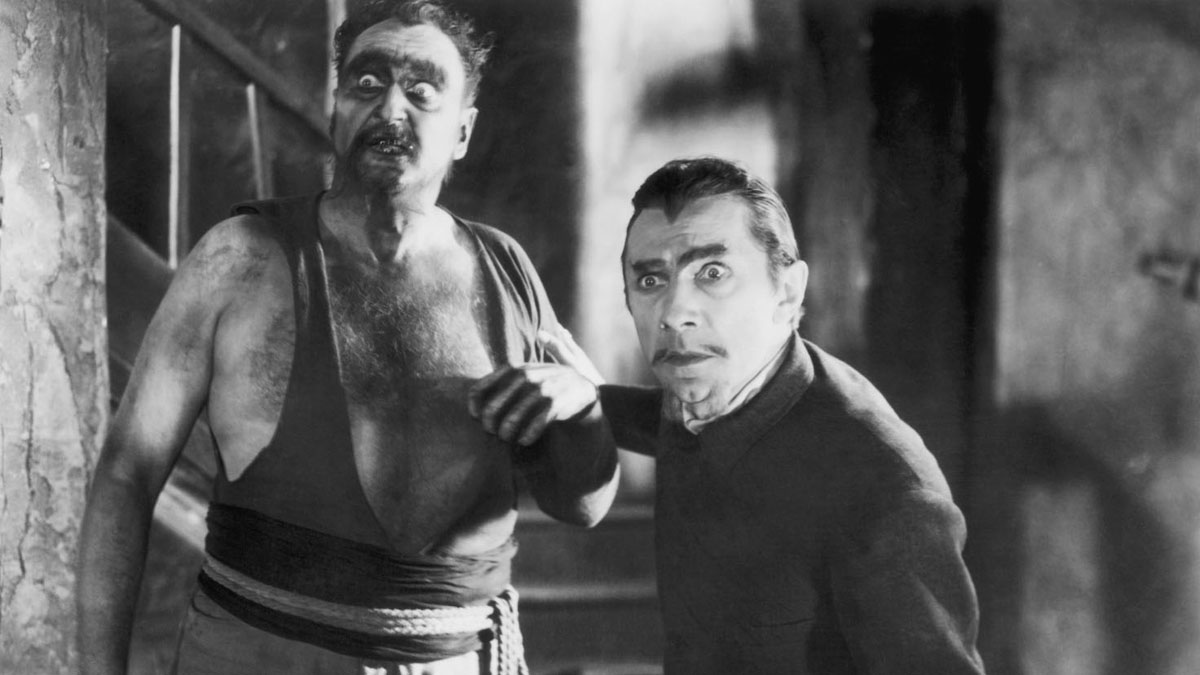
Many horror fans most associate Bela Lugosi with his distinctive voice. We need only to think of myriad memorable lines from Dracula alone, delivered with an intonation that no one else could supply, and the relevant scene plays before our mind’s eye.
Monsters are interlopers. They intrude upon what passes for peace, which may not be the same as actual peace. A monster is a bit like a health problem. They say that everyone thinks they have all of these issues, until you have a health setback, and then realize you have but one issue. When a monster moves into our personal space, the monster becomes our single problem. In this regard, Lugosi’s foreignness—how his accent and delivery played in Hollywood—served him well. He always seemed to be a representative from elsewhere who was attempting to claim here for himself. We might say that Boris Karloff was part of his environs in his films; Lugosi infiltrated his.
The voice stood out, but not more so than the Lugosi eyes. In Dracula, they put us under a spell, but that’s nothing compared to how Lugosi’s stare of death functions in 1932’s White Zombie. The movie belongs on the second rung of early horror classics, along with Mystery of the Wax Museum, Murders in the Rue Morgue (another Lugosi vehicle), and Mad Love. These are scratchy, patchy affairs, almost like haunted antiques; items stashed in a basement, cracked and never quite in plain view, as if they don’t fully exist, which makes their scares all the scarier. Lugosi’s eyes are as ancient as any theatrical element. He communicates in a similar fashion to our earliest, most passionate forbearers before the advent of formal language, which roots the movie in a kind of folk horror.
It’s hard to look away from director Victor Halperin’s Lugosi close-ups, nor do we want to, despite those same orbs also being agents of damnation. Lugosi is the voodoo master (note how there is never a voodoo apprentice) known as Murder Legendre. A bit on the nose with the (anti-) Christian name, but credit for honest advertising. Set in Haiti, White Zombie is the first full-length zombie picture, and depending on how you feel about those, there is either thanks to give or imprecations to be dished out.
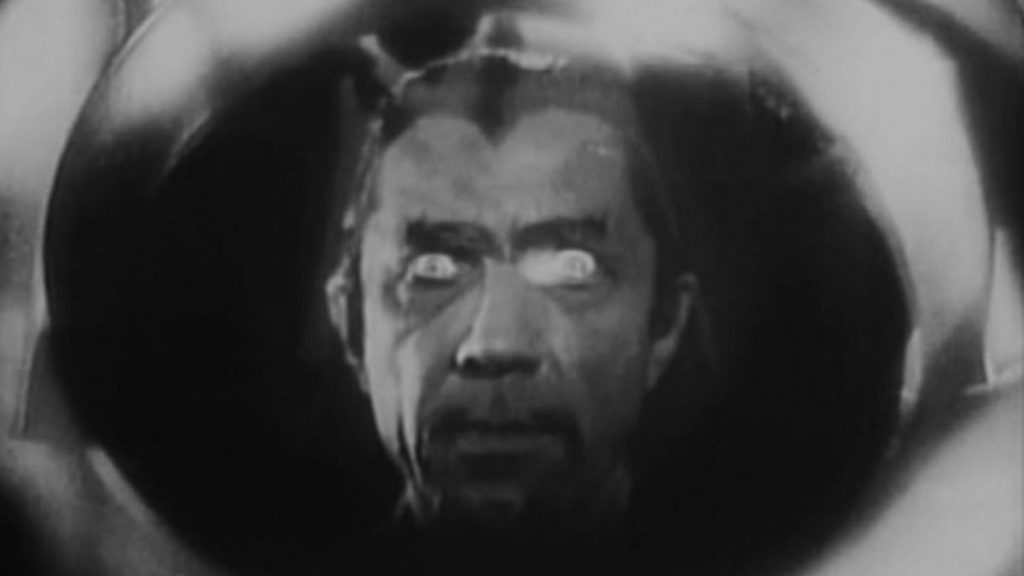
The air itself looks like a swamp throughout. Moisture, haze, murk. There’s a sugar-cane mill staffed by zombies—cheap labor unlikely to unionize—and a couple played by Joseph Cawthorn and Madge Bellamy, and the lust-besotted plantation owner (Robert Frazer) who wants the young lady for his own, and so turns to Legendre, ace matchmaker that he is, with his notably nonconsensual voodoo methods.
White Zombie was not a horror hit upon release. It looked ancient in the early 1930s as it does now, which is a strength—if ever a horror movie existed out of time, this would be it. There’s a mephitic whiff of Satanism, a pinch of Poe, excellent makeup work by Jack Pierce—Lugosi could pass for the devil, and, going by the look on his face, he seemed to believe it, too—and an oppressive, stately—but still stirring—mood that anticipates Val Lewton, only it’s a slower mood.
But what White Zombie has going for it more than anything else is that it’s quintessential Lugosi. Horror film fans love him, but in truth, there are few outright Lugosi keepers in which he plays a leading role. You have Dracula, The Black Cat, Murders in the Rue Morgue, Mark of the Vampire, The Return of the Vampire, and this liminal spell-weaver as the core Lugosi collection. White Zombie is similar to the Lugosi Dracula in that it doesn’t have any comparables It exists in its own world, goes at its own pace. This voodoo master is trying to hypnotize you through the screen, and doing a bang-up job at that. Yes, it’s a slow film, but once you fall under its sway, the clock goes out the window like time doesn’t exist—and best of luck breaking the spell. 🩸
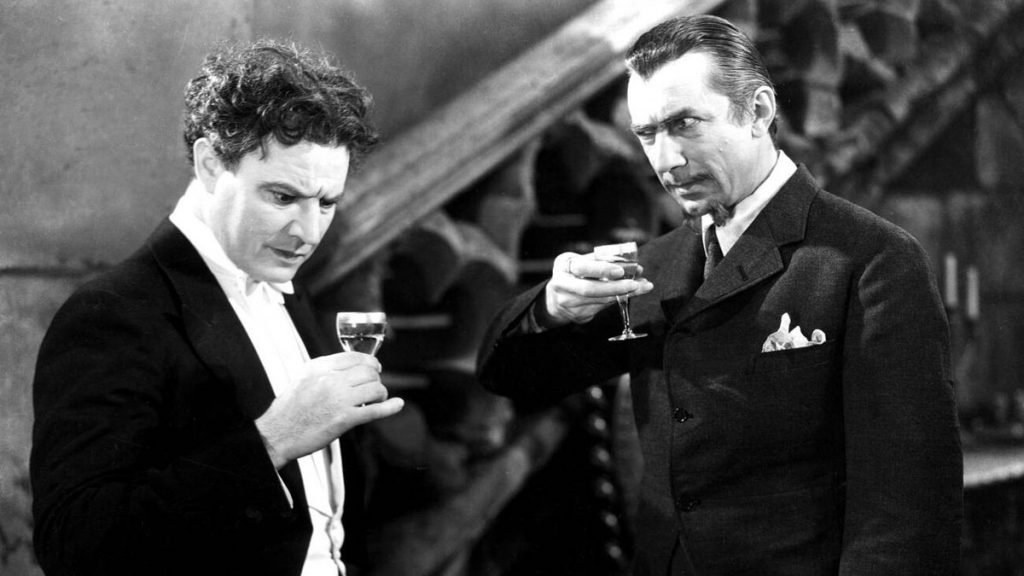
is the author of eight books, including the story collection, If You [ ]: Fabula, Fantasy, F**kery, Hope, a 33 1/3 volume on Sam Cooke’s Live at the Harlem Square Club, 1963, Meatheads Say the Realest Things: A Satirical (Short) Novel of the Last Bro, and a book about 1951’s Scrooge as the ultimate horror film. His work has appeared in Harper’s, The Atlantic, Rolling Stone, The New York Times, Vanity Fair, The Daily Beast, Cineaste, Film Comment, Sight and Sound, JazzTimes, The New Yorker, The Guardian, and many other venues. He’s completing a book called And the Skin Was Gone: Essays on Works of Horror Art. His website is colinfleminglit.com, where he maintains the Many Moments More journal, which, at 2.7 million words and counting as of autumn 2023, is the longest sustained work of literature in history.
A paragon of queer perversity, Edgar G. Ulmer’s unfathomable Universal horror hit gave major stars Bela Lugosi and Boris Karloff two of their greatest roles. In the first of many films together, the erstwhile Dracula and Frankenstein’s monster play a pair of intensely bonded frenemies...
BY MICHAEL KORESKY | June 13, 2022
One of the most unheralded of Universal’s 1930s horror films, though perhaps the purest example of the form during that era, Murders in the Rue Morgue (1932) comes off as early-Hollywood torture porn by way of German Expressionism.
BY LAURA KERN | November 13, 2024
A place where no actual blood was spilled—at least to my knowledge—my grandmother’s house proved strangely—even sagely—sanguinary as it pertained to an important development in my life. I had existed in this world for a bit of time before I met my parents.
BY COLIN FLEMING | June 19, 2024
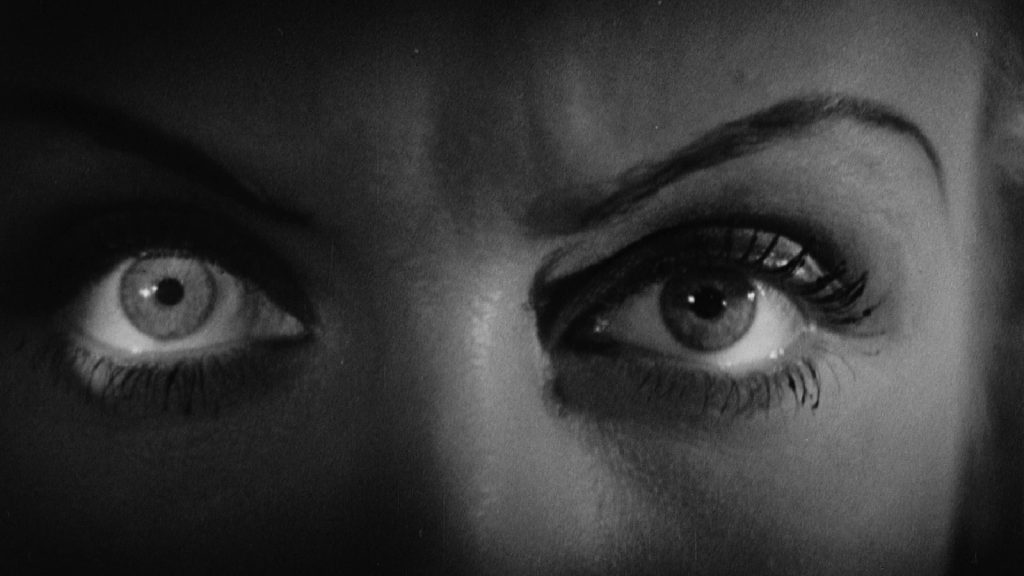
This pre-Code offering packs a lot of story into its typically brisk running time, with several plot threads weaving together a (not always successful) tapestry of spooky and criminal doings.
READ MORE >
BY ANN OLSSON | Month 00, 2021
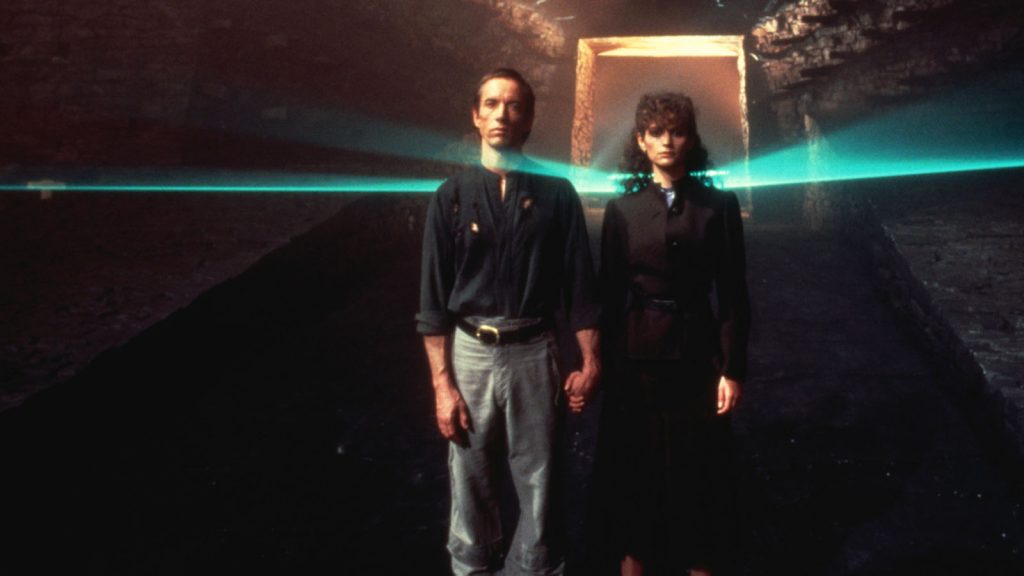
In what could be the fastest-resulting rape revenge movie, a drunken lout brutally forces himself on Ida, the young woman who doesn't return his affections, during a party over Labor Day.
READ MORE >
BY LAURA KERN | Month 00, 2021
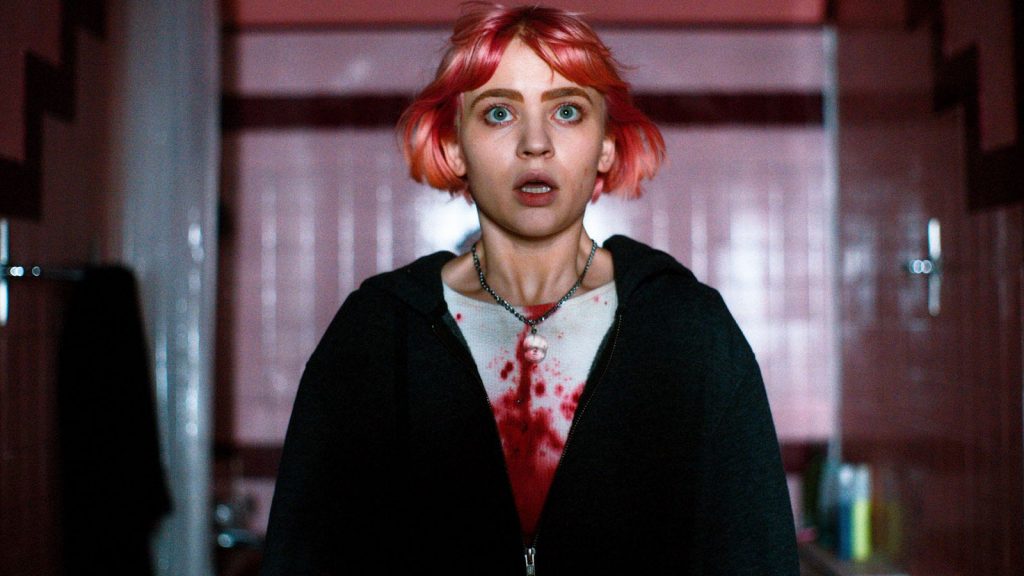
Beast is a lot of movies in one package - fractured fairy tale, belated-coming-of-age story, psychological drama, regional horror film - but above all it's a calling card for its leading lady, Jessie Buckley.
READ MORE >
BY LAURA KERN | Month 00, 2021